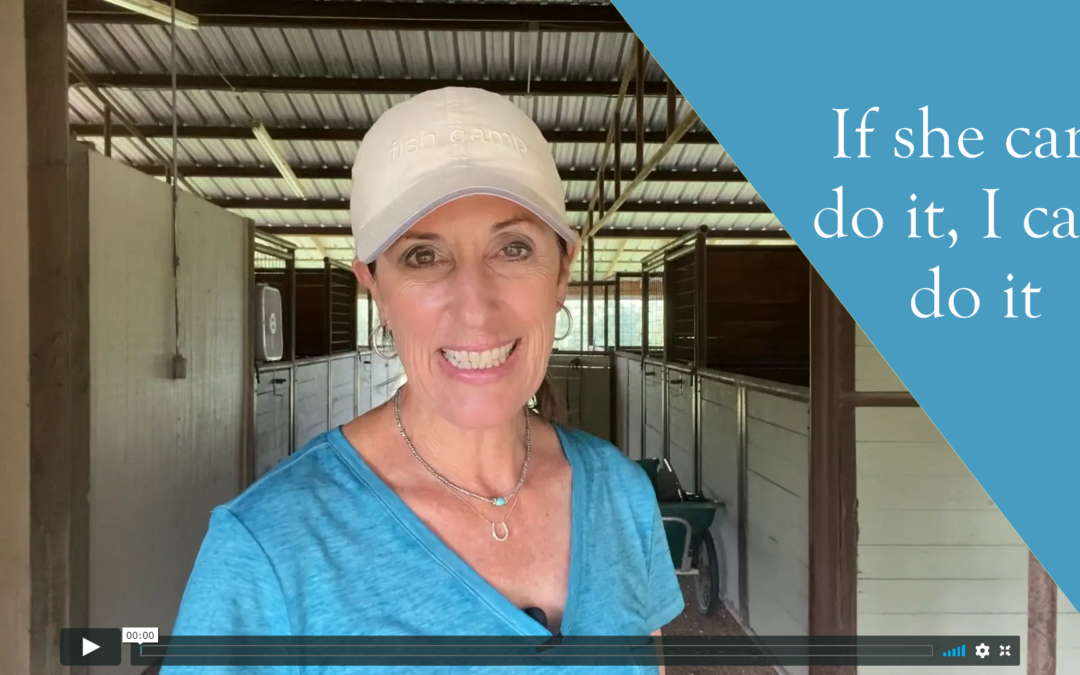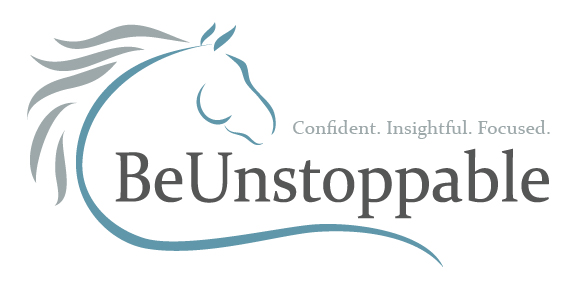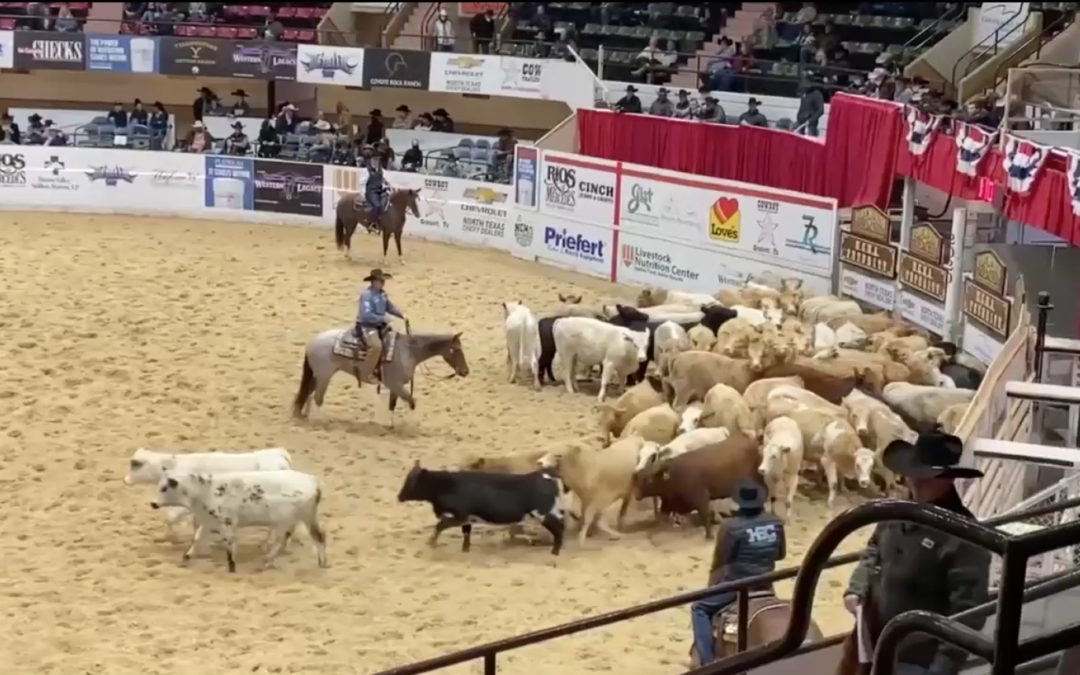

1. How the cutters both steer and move their horse amid the threatening situations
LET US KNOW YOUR THOUGHTS
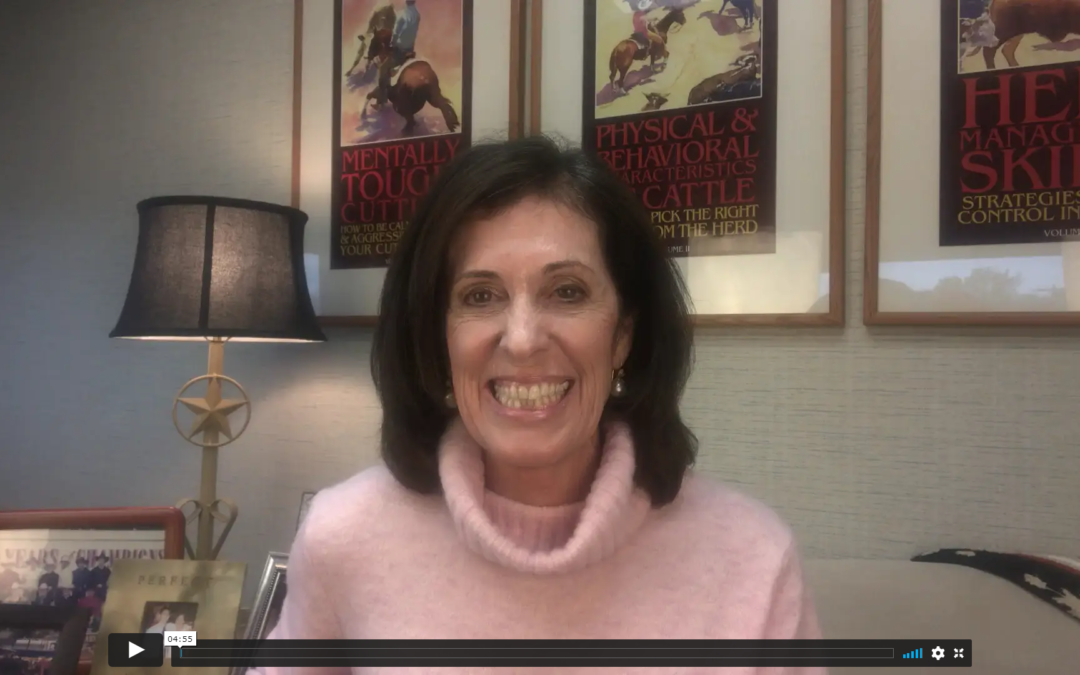
3 Ways to Survive Change
Did you ever notice how we all crave for things to be certain? We avoid change like the plague. We love thinking that FINALLY, we found the way it’s going to be … I like it and I don’t want any change.
VIDEO TRANSCRIPT:
Funny, the most dramatic case of this is my life was when our son Zane was an infant. I was willing to do whatever he needed, of course, but it kept changing. As a young Mom, I would think, “Ok … I’ve got it now. He wakes up once a night at 2:00 and then goes back to bed until 6:00. I can plan around that.” Sure … that was good for about 2 days. And then it changed. I kept trying to figure it out.
But now, years later, I finally understand that things are always changing, even when we don’t realize it.
In our horse lives, when we first started riding, we just knew what we knew at that time. We thought we’d always ride the same horse … always be in the same barn … always go to the same shows.
But then, things changed. Our beloved horse got arthritis. The trainer moved. We were forced to take a break because of an accident, or financial reasons … or whatever.
And then we were on unsteady ground again.
As I continue to learn … and study great mentors in personal performance and personal growth, I have come to understand that those who continue to excel …even through change, have some things in common:
- They too are uncomfortable with change. But herein lies the difference: they don’t resist the change. They trust themselves and they trust their journey. They might say something to themselves like, “This is hard. I’m really sad … or maybe mad … but I’m strong.” So, when the trainer moves or you move away from your horsey friends, you know you will survive … and somehow find your way.
- Those who flow best with change believe there is some good that will come through the difficulty. Maybe they don’t know what it is, but they truly do believe it exists. They also know that only time and a willingness to see things that way will tell the tale. They don’t know how things will turn out … but again they trust their journey. This is a strong personal belief of mine. It has gotten me through some tough times in my personal life … or in my horse training life when a horse got sore … or a show didn’t go well for me … just to name a few.
- Next, those who flow best with change not only believe something good will come to pass … they actively look for it. For me, maybe not being able to ride one of my favorite horses, helped me see the good things in one of the other horses … things I had missed. For you, perhaps if you have to stop riding for a while, you can use that time to travel to big shows and watch … something you’ve wanted to do for years.
Yes … change is really hard … and it’s sad sometimes … and it almost always seems to kind of suck. But, after you grieve a bit (and give yourself time for that) … tell yourself that you are strong. Yes, you can survive. And yes, there is a gift in the misfortune. And when you’re ready … yes, go searching for it.
That’s what I have for you today. Scroll down and leave a comment for me. I would love that.
LET US KNOW YOUR THOUGHTS 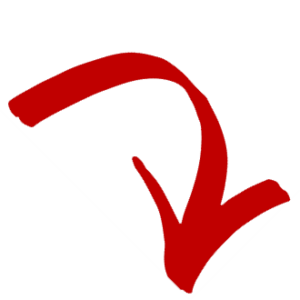

Take a Hold

Have you ever wondered what someone means when they say, “Get a hold of that cow!” You might think, “What in the world?????”
When a trainer or a helper says this, he or she means to become more aware of your mental and physical connection to the cow in that moment. It’s like saying, “Above all else, zone in on the cow.” That’s because beyond all of the technical things we do with our legs and seat, we always need to relate them to the cow first and foremost.
Sometimes as cutting horse riders, we become so wound up on getting the cow cut, putting our hand down, keeping it down, sitting deep in the saddle, using a herdside or cowside leg … the list goes on … that the cow becomes secondary as it moves around in front of us. We’re too busy multi-tasking on all the other stuff to be intently focused on the cow.
But actually, the connection to the cow should come first.
It’s analogous to playing tennis. You have to keep your eye on the ball to play tennis or else you won’t be in the game very long. Your connection to the tennis ball is key.
In cutting it’s keeping your eye on the cow. It’s the same in regards to your effectiveness as a rider as you work a cow. The more connected to a cow you are, the more accurate and purposeful you will be as you ride. The difference between tennis and cutting is that we don’t always have to be that focused. Our horse will cover for us most of the time if we don’t laser beam in on the cow.
Here are three ways to get more connected to a cow:
1. Make getting and staying focused to the cow your first priority. Have a phrase you say to yourself repeatedly that connects you to the cow.
The thought “Watch the cow” is a good one, and of course essential. But by nature, the word “Watch” is a little passive. There’s nothing technically wrong with that idea. But if you tell yourself to “Take a hold!” … now you’ve got some energy going on! Boom! “Take a hold of that cow!”
2. Be purposeful regarding the angle you take to stop the cow. Go for more than just position on the cow (although that’s a good starting point). Go for moving up into the “energy” of the cow at a slight angle to the cow.
3. “Read the cow” in all you do, especially with your seat. Go beyond the mechanics of how to sit. Use the mechanics of your seat for the purpose of connecting with your horse and stopping the cow. Let the purpose of stopping the cow tell your body when to sit. Take “a hold of the cow” in the stop with a dramatic seat drop.
LET US KNOW YOUR THOUGHTS 
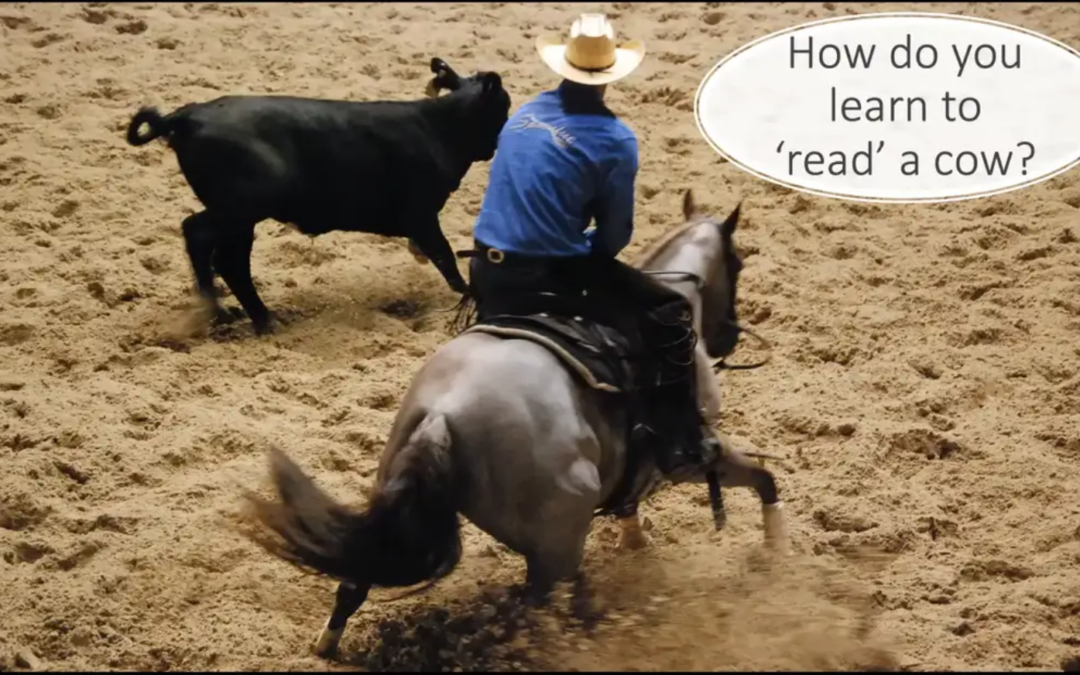
How do you learn to read a cow?
I clipped a piece of video for you from one of my “Cow Classes” in my Core Confidence class. In this segment, I talk about how to ‘read’ a cow. I also included a clip about where do you approach a cow to turn it.
LET US KNOW YOUR THOUGHTS 
